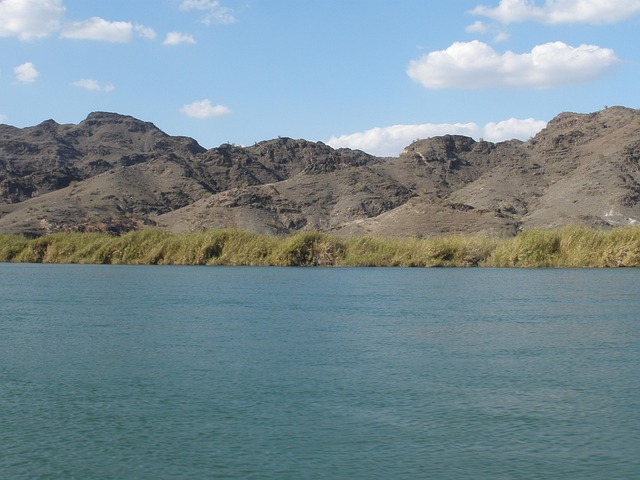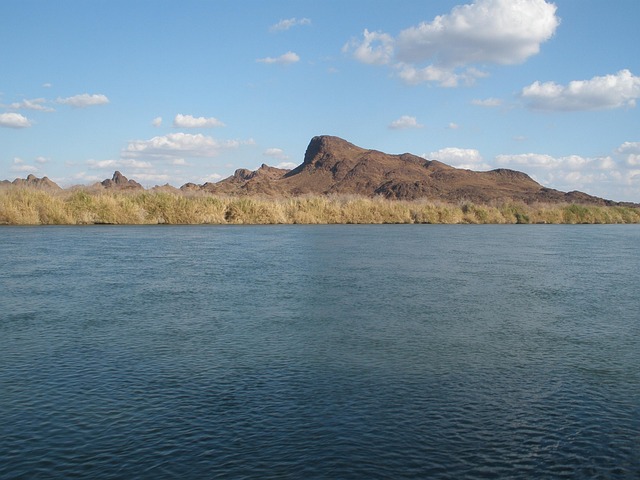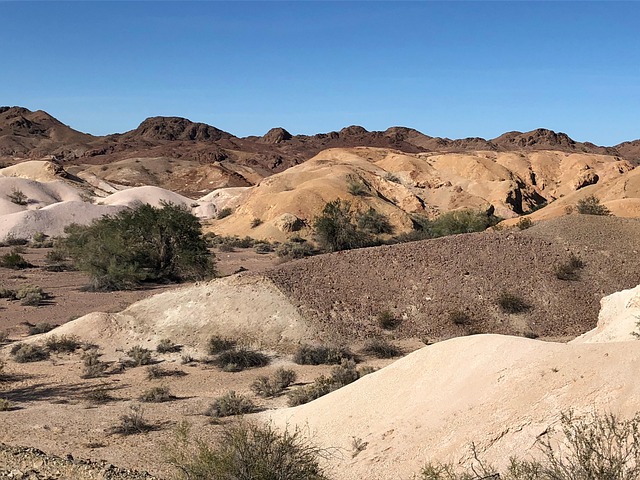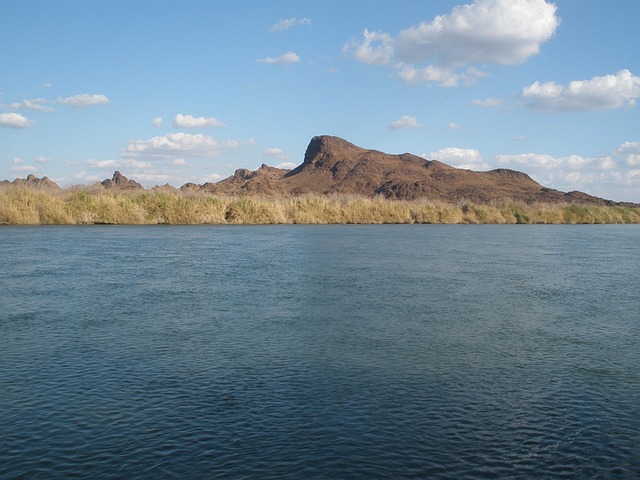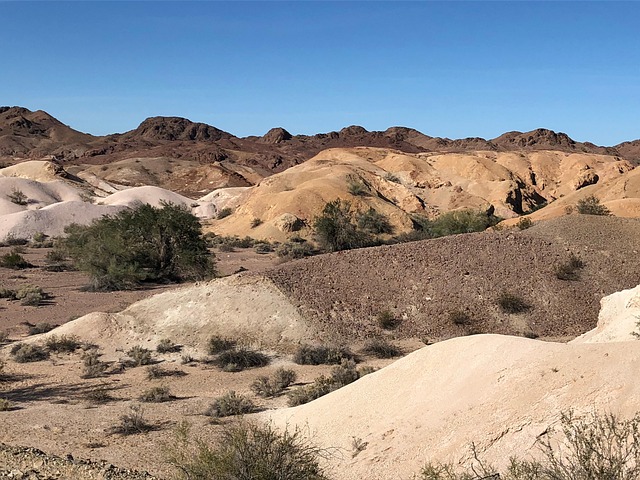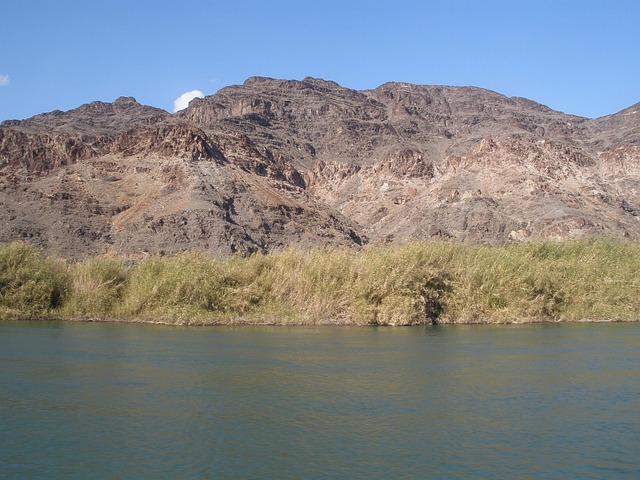The historic crossings of the Colorado River are not just architectural marvels but pivotal chapters in the region's development, particularly in real estate. These landmarks facilitated trade, cultural exchange, and community growth, shaping both the landscape and urban expansion. From ancient paths to modern bridges and dams, each crossing tells a tale of resilience and innovation that continues to influence regional growth and the real estate market today.
“The Colorado River, a formidable force of nature, has long shaped the landscape and history of the American West. Its crossings have served as vital gateways, facilitating trade, transportation, and settlement for centuries. From early exploration to modern engineering marvels, the river’s bridges and fords hold immense historical significance. This article delves into the dynamic relationship between real estate and the Colorado River, exploring how river access has influenced property values, land use, and inspired the development of cities centered around historic crossings.”
The Historical Significance of Colorado River Crossings

The Colorado River, a majestic force that carves through the heart of the American West, has long served as a vital artery for both nature and humanity. Crossings over this formidable waterway hold immense historical significance, reflecting the region’s rich past and its evolution in real estate and transportation. These landmarks have facilitated trade, cultural exchange, and the growth of communities along its banks, shaping the landscape as we know it today.
From ancient Native American tribes who forged paths across the river to the daring pioneers who built bridges and dams in the 19th century, each crossing tells a story of resilience and innovation. In the realm of real estate, these structures have not only enabled access but also influenced the development of towns and cities, fostering growth and economic opportunities downstream. The historic crossings stand as tangible connections to the past, whispering tales of the challenges overcome and the progress made along this iconic river.
– Exploring the early crossings and their impact on development

The history of crossing the Colorado River is a fascinating tale that has significantly influenced the region’s development, especially in the realm of real estate. Early settlers and travelers faced a formidable challenge when attempting to traverse this mighty waterway, which became a crucial barrier. For centuries, the river’s currents and vast expanse posed a significant obstacle, prompting innovative solutions and daring endeavors. These early crossings were not merely physical acts but served as pivotal moments that shaped the settlement and growth of nearby communities.
The impact of these historic crossings cannot be overstated, especially in terms of real estate. They facilitated the establishment of trading routes, encouraged economic growth, and attracted settlers to the area. As a result, vibrant cities and towns emerged along the riverbanks, benefiting from improved accessibility and trade networks. The journey across the Colorado River became a catalyst for the region’s transformation, leaving an indelible mark on its landscape and shaping its future prospects in real estate and beyond.
– Key events and innovations in river navigation

The Colorado River has long been a significant thoroughfare for travel and commerce, driving the development of historic crossings that transformed the region’s real estate landscape. Key events in river navigation, such as the construction of the first bridges and dams, revolutionized transportation and paved the way for urban growth along its banks. Early innovations included the use of rafts and ferry services to cross the river, which were eventually supplanted by more robust structures like the Colorado River Bridge, marking a significant milestone in the region’s history.
These advancements facilitated the movement of goods and people, spurring economic activity and shaping the future of nearby communities. The evolution of navigation on the Colorado River was not just about improving transport; it also influenced urban planning and development patterns. The river’s navigability became a critical factor in determining where cities flourished and how they expanded, ultimately impacting the real estate market and the overall growth of the region.
